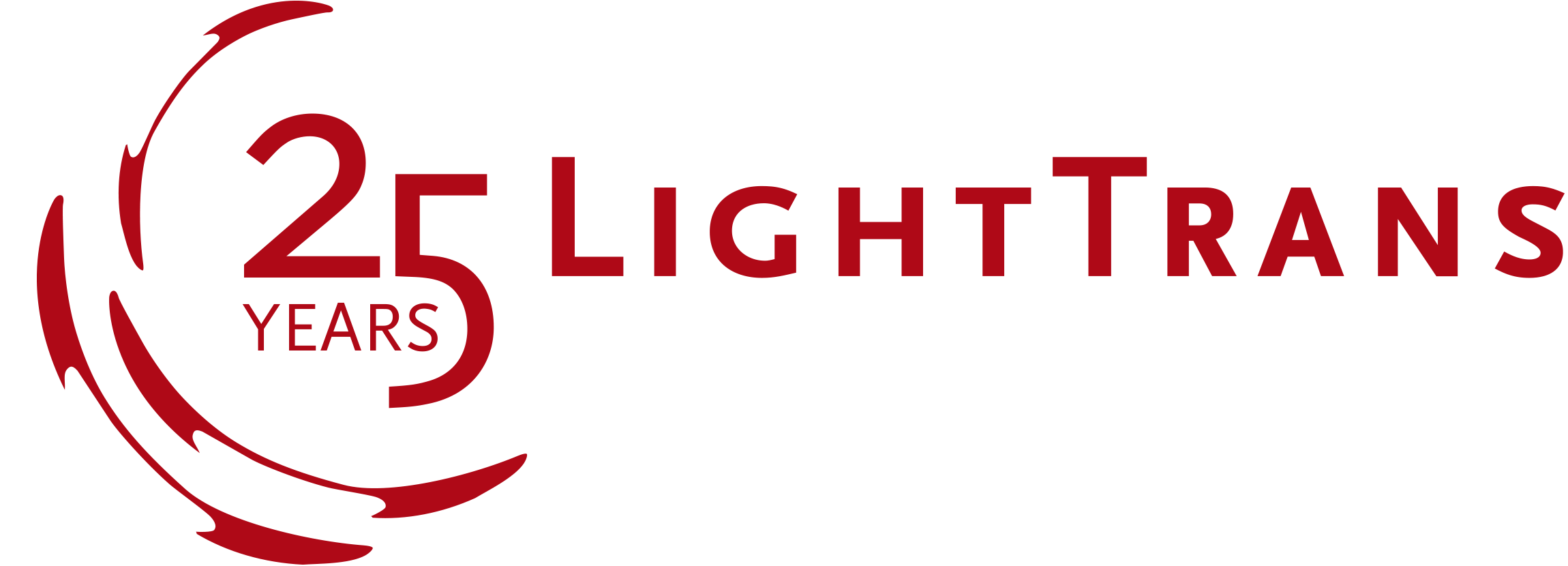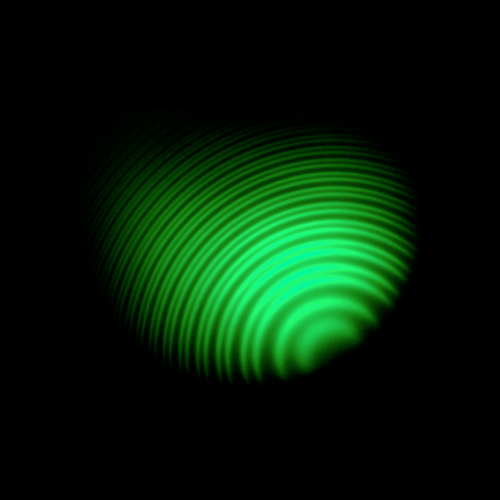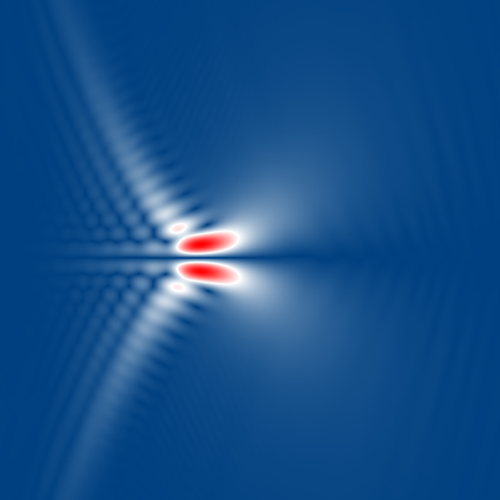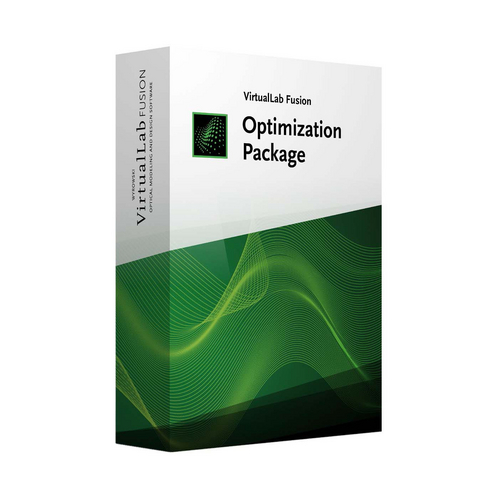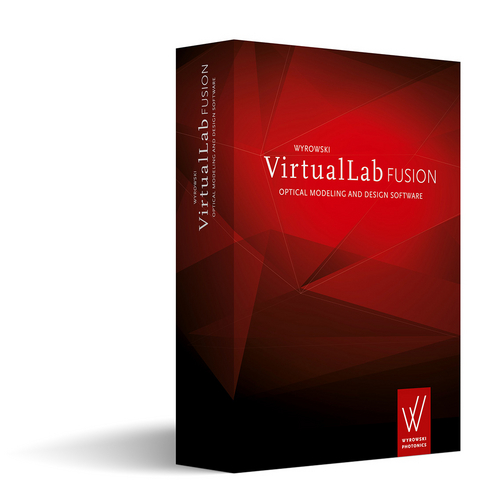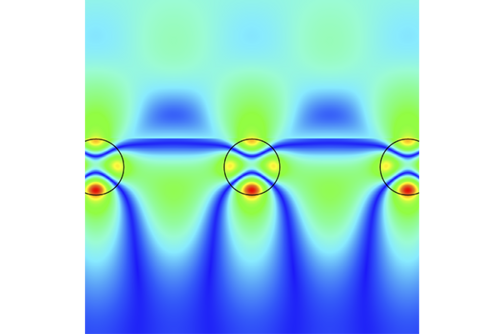What’s new in our Optical Modeling and Design Software?
Get Ready To Take Your VirtualLab Fusion Skills To The Next Level !
We are so excited to see what this year has in store for our incredible optics community! Exhibitions, Conferences, Talks and Webinars that lie ahead are going to be incredible learning experiences and offer fascinating insights.
In particular, our four online training sessions are an absolute must.
Secure your place now and improve your knowledge and skills using VirtualLab Fusion!
Don't Miss Our Upcoming Events in May 2024
May has begun, and we are looking forward to all the amazing events that are coming up in the optics community! You will get the chance to learn about our latest powerful technology at a variety of trade fairs, exhibitions, conferences, talks, and webinars.
Don't miss out!
